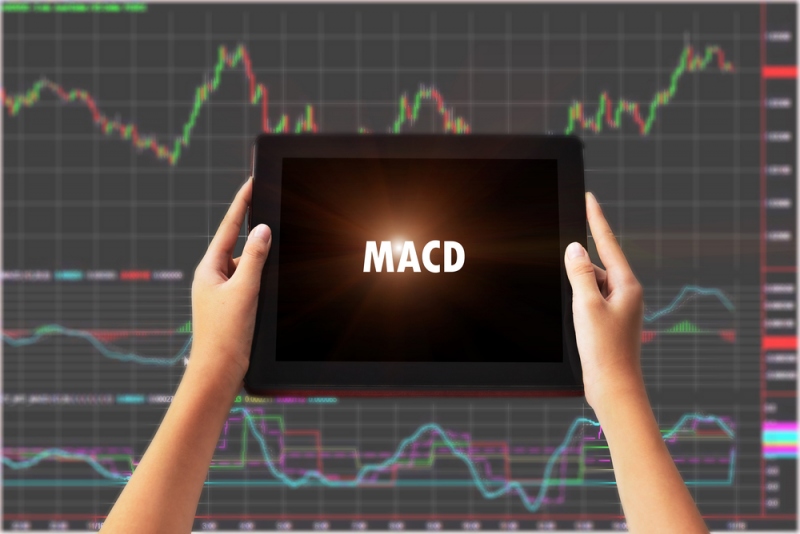Technical analysis is the study of past price changes used to predict future movements in the capital markets. There are several different types of studies you can use to predict future movements, including using momentum and sentiment. Two of the most efficient tools are the MACD (moving average convergence divergence) index and the RSI (relative strength index), which help you determine if a market is accelerating, decelerating, overbought or oversold.
The MACD
The moving average convergence divergence index was created by Gerald Appel in the 1970’s. The index is used to determine if momentum is accelerating or decelerating. Momentum is a concept reflects the rate of change. For example, as a car picks up speed the rate of change increases, once it reaches its top speed the rate of change levels off. As you begin to break, the rate of change decelerates.

The moving average convergence divergence index determines momentum but examining the rate of change of 2-moving averages. A moving average is the average over a specific period of time. For example, a 10-day moving average takes the average of 10-days. One day 11, the first day is dropped from the calculation. The default for the MACD calculation is the 12-period moving average the 26-period moving average. The calculation is subtracting the 26-period moving average from the 12-period moving average to create a MACD line. You then calculate the MACD signal line by taking the 9-period moving average of the MACD line.
The most popular way to use the MACD is to find crossover buy and sell signals. When the MACD line crosses below the MACD signal line negative momentum is accelerating. When the MACD line crosses above the MACD signal line positive momentum is accelerating.
How to Use the RSI
The relative strength index is another momentum oscillator but the most popular to use this indicator is as a contrarian index. The RSI was created by J. Welles Wilder, as a momentum oscillator that measures the speed and change of price movements. The RSI compares prices today to the price range over the past 14-periods.
The RSI can be used in several ways but the most popular way to use the index is determining sentiment. The RSI generates an index between 1 and 100. When the index has a reading above 70, prices are considered overbought. When the RSI has a reading below 30, prices are considered oversold. While prices can remain overbought or oversold for a while, the index provides you with a framework of where sentiment lies. Generally you should look to buy an asset when the RSI is oversold, and sell and asset when the RSI is overbought.
Summary
The MACD and RSI are momentum indicators that can be used to determine the rate of change, as well as sentiment. You can use MACD crossovers to determine when positive or negative momentum is accelerating, and use the RSI to determine if prices are overbought or oversold.

























Leave a Reply